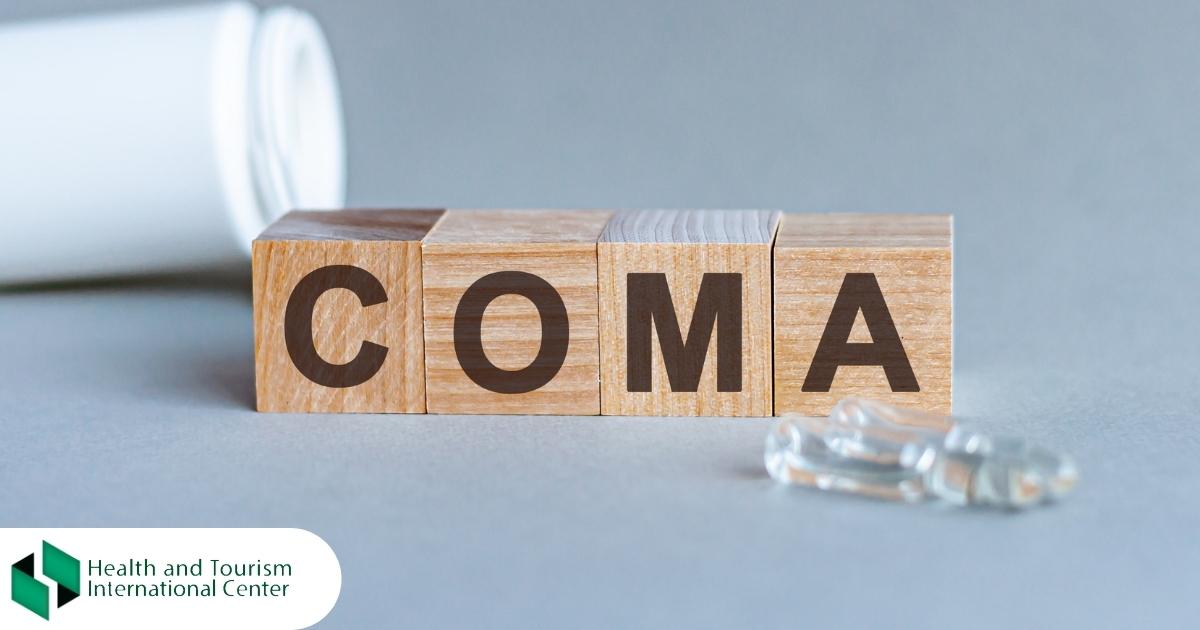How is coma treated?
During coma, consciousness is suppressed by external stimuli (light, noise), the reaction is either severely weakened, or completely disappears. At the same time reflexes are disturbed, breathing, heart work, thermoregulation.
In case of coma, timely medical intervention is necessary, because otherwise the current changes in the body can quite become irreversible.
Diagnosis
Because people in a coma can't express themselves, doctors must rely on physical clues and information provided by families and friends.
Be prepared to provide information about the affected person, including:
- Events leading up to the coma, such as vomiting or headaches
- Details about how the affected person lost consciousness, including whether it occurred suddenly or over time
- Noticeable signs or symptoms before losing consciousness
- The affected person's medical history, including other conditions he or she may have had in the past, such as a stroke or transient ischemic attacks
- The affected person's drug use, including prescription and over-the-counter medications as well as unapproved medications and illicit recreational drugs
- Recent changes in the affected person's health or behavior
Physical exam
The exam is likely to include:
- Checking the affected person's movements and reflexes, response to painful stimuli
- Observing breathing patterns to help diagnose the cause of the coma
- Checking the skin for signs of bruises due to trauma
- Testing reflexive eye movements to help determine the cause of the coma and the location of brain damage
- Laboratory tests and brain scans are required for diagnosis along with physical examination.
- As you know, the Glasgow Coma Scale is the most common method of assessing coma.
Treatment
A coma is a medical emergency.
Doctors will first check the affected person's airway and help maintain breathing and circulation. Doctors might give breathing assistance, intravenous medications and other supportive care.
Treatment varies, depending on the cause of the coma.
First of all it is necessary to eliminate the damaging factor, to maintain vital functions.
The patient's lifestyle after coma
After coma it is recommended that the rehabilitation program be selected individually for the patient.
Of course, the goal of rehabilitation is to improve the patient's quality of life and restore
various functions.
The duration and outcome of rehabilitation are individual to each clinical case and depend on the cause of the coma, as well as how well the body responds to the therapy program.
Source:
https://www.mayoclinic.org/diseases-conditions/coma/diagnosis-treatment/drc-
20371103

